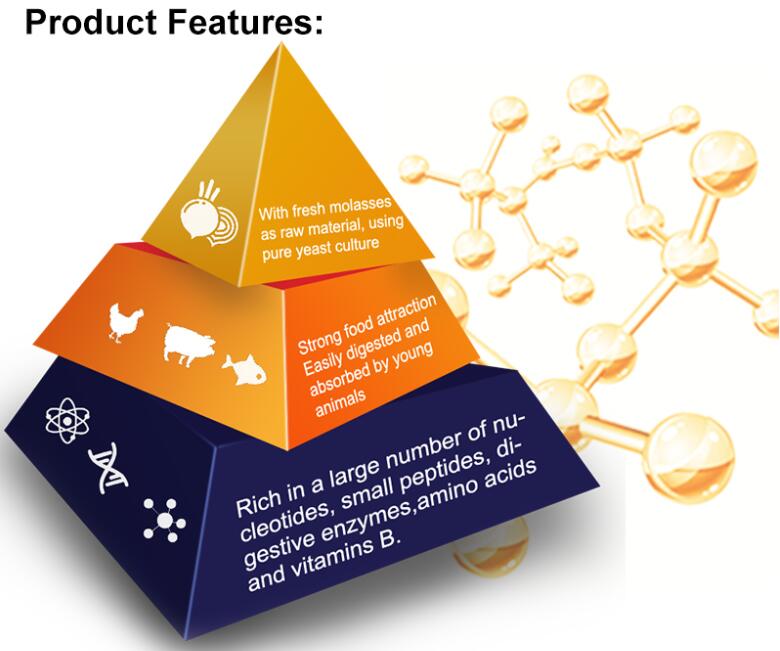Improving feed efficiency is a powerful tool for improving ruminant sustainability. A good way to achieve this goal is to increase the fiber digestibility of local forages. Yeast probiotic supplements have helped farmers achieve this goal. New data on local pastures in Vietnam are explained here.
Many trials have shown that yeast probiotics improve rumen conditions, as measured by redox potential (Eh), which is an indicator of the rumen fermentation process. By enhancing the anaerobic rumen environment, lactic acid utilizing bacteria and fibrinolytic bacteria increase, thereby reducing the risk of rumen acidosis and improving fiber digestibility.
The increase in fiber digestibility directly affects animal performance and efficiency. They investigated the relationship between neutral detergent fiber digestibility (NDFD) and animal production performance.They estimated that an increase in in vitro or in situ NDFD by 1 unit was associated with an increase in dry matter intake (DMI) by 0.17 kg/d, an increase in milk production by 0.23 kg/d and a 4.0% increase in fat by 0.25 kg/d-corrected milk (FCM) ) .
Ruminal fluid was collected from 3 Holstein dry cows fed a standard cow diet consisting of high fiber and low starch, and further used in an in vitro fermenter. Ruminal juice was removed from all 3 cows and mixed to obtain an average sample to minimize variability in individual microbiomes. The researchers aimed to compare the rumen degradability of local Vietnamese forages with that of French/European pastures and secondly to assess the effect of yeast probiotics on rumen degradability of Vietnamese forages.
The fermenters were then "fed" a lactation diet consisting of a complete mixed ration (TMR) to simulate rumen fermentation. After 2 weeks of acclimation, the digestibility of the different forages was calculated. Two in vitro techniques were used in this experiment: double flow and daisy incubator.
The in vitro model was designed to simulate rumen fermentation for at least 3 weeks. pH values were changed similarly, for example, by periodically injecting artificial saliva into the rumen for microbial fermentation. Physicochemical, fermentation and microbiological parameters are monitored in real time and continuously. The dual-flow digestion simulator feeds a complete TMR daily, just like a normal cow's diet.
This in vitro model is designed to simulate the degradability of feed components in the rumen. Ruminal inoculum is divided into 4 digestive anaerobic tanks instead of the individual flasks or test tubes seen in traditional methods. The jars were kept at a constant temperature (39.5°C) and stirred well for 48 hours. Samples from the study (#100) were sealed in filter bags and incubated in the fermenters.

The results of the in vitro experiments showed significant differences in the degradability of the forages with higher fiber content (> 50% NDF) in terms of rumen dry matter (DM) degradability
Secondary correlations showed a correlation between %NDF of pasture and degradability of additional rumen DM when added to yeast probiotic products. Interestingly, yeast probiotics had a more significant effect on pastures with higher NDF content. The degradability of NDF was significantly increased by the addition of yeast probiotics. Correlation between %NDF of forage and rumen DM degradability. Not surprisingly, forages with higher NDF content exhibited lower rumen degradability. However, when the yeast probiotic product was added, it showed a more significant effect on the degradation of higher NDF percentages of forage.

Phone: +86-317-2135910
E-mail: Erica@stbiol.com
Address: Machang Town,Qing County ,Cangzhou City ,Hebei,China
Hebei Shuntian biotechnology Co.,Ltd.
Add:Machang Town,Qing County ,Cangzhou City ,Hebei,China
Tel: +86-317-2135910
E-mail:Erica@stbiol.com
© Copyright - 2018-2020 : All Rights Reserved.